Gold price waits for rates clues from Jackson Hole
Political turmoil in the US has the potential to 'help gold in the short and longer term'
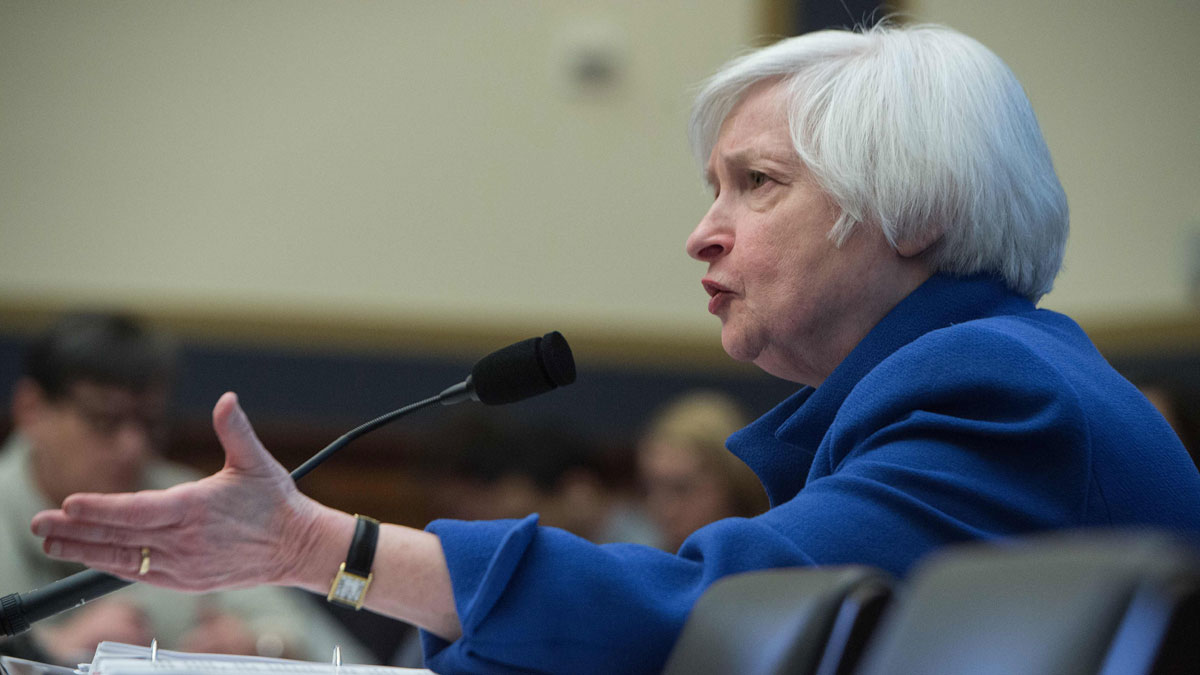
The gold price is trading in a tight range but is within touching distance of recent highs, as attention turns to the meeting of central bankers at Jackson Hole, which begins today.
Last week the metal moved into the low $1,290s an ounce in the wake of the stock market sell-off following terror attacks in Spain and ongoing political turmoil in the US.
Overnight gold traded close to $1,290 an ounce but this morning in London it pared gains back to $1,286.
The Week
Escape your echo chamber. Get the facts behind the news, plus analysis from multiple perspectives.

Sign up for The Week's Free Newsletters
From our morning news briefing to a weekly Good News Newsletter, get the best of The Week delivered directly to your inbox.
From our morning news briefing to a weekly Good News Newsletter, get the best of The Week delivered directly to your inbox.
Naeem Aslam, chief market analyst at Think Markets, told Reuters the political unrest in Washington, resulting from Donald Trump's threat to shut down the government if he is not granted funds to build a wall on the Mexican border, is generally positive for gold.
That it is instead trapped in a range below its 2017 peak of $1,295 is thanks to a focus on Jackson Hole, where Federal Reserve chair Janet Yellen will speak on Friday.
"This entire situation [with Trump] would continue to help gold in the short and longer term," said Aslam. "The big upward push for the gold price which we are not seeing is because of the possibility of some unexpected hawkish comments by Janet Yellen during her upcoming speech."
Markets are looking for signals as to whether the Fed will press on with its forecast third interest rate rise this year, most likely in December. Gold does not pay an income and tends to fall in value when interest rates are rising.
A free daily email with the biggest news stories of the day – and the best features from TheWeek.com
If Yellen offers a more dovish tone on the impact on financial stability of ultra-low rates, gold could break higher and set a new high for the year so far, said Reuters analyst Wang Tao.
Gold price benefits from 'haven buying' amid Trump and terror concerns
18 August
The gold price gained for a third consecutive session overnight and was trading up again in London this morning as markets reacted to the terrorist attacks in Spain and mounting political turmoil in the US.
Spot gold was up by 0.6 per cent for the day to $1,293 at the time of writing, putting it in touching distance of its high so far this year of $1,295 which it reached in early June.
The main driver of market moves this morning is the terrorist attacks in the Spanish tourist destinations of Barcelona and Cambrils. These followed the now familiar model of Islamist extremists driving cars at pedestrians.
Such attacks tend to hit tourists. Airline groups and hotels were pushing stock markets lower, says The Times.
As risk assets fall, there is a corresponding rise in the "haven buying" of assets perceived as safer, such as gold and government bonds, says the Financial Times.
Ultimately the effects of the terror attacks on markets will not be long lasting, but trader sentiment is also weak because of longer-standing concerns over the waning prospects of Trump's pro-business agenda in the US.
Fresh fears were prompted by the disbanding of the President's business committees following a spate of resignations over his response to the violent clashes at a far-right rally in Charlottesville, Virginia.
"Fears grew that the resignations would soon also include Gary Cohn – who left his role as chief operating officer of Goldman Sachs to become Trump's chair of the National Economic Council at the start of the year," says the FT.
"While Mr Cohn did not resign, the uncertainty over his position was widely blamed for the slip in stocks" in New York last night.
Gold fell earlier this year as a consensus emerged that a promised $1trn of infrastructure spending and a raft of tax cuts would boost growth and prompt interest rate rises.
Increasing rates tends to boost income-generating assets and increase the opportunity cost of holding non-yielding gold, thereby putting downward pressure on the metal's price.
Gold price rebounds after Fed minutes reveal split
17 August
The gold price rallied following two days of disappointing trading in New York yesterday evening after the minutes of the latest Federal Reserve meeting were published.
Spot gold gained around one per cent to a session high close to $1,284 an ounce. It was up 0.9 per cent again this afternoon to $1,288 an ounce.
Federal Reserve policymakers voted, as expected, to keep rates unchanged at their August meeting, but it was the minutes that revealed opinion is split in the rate-setting committee over how to respond to currently weak US inflation.
Some officials said the central bank should hold off on additional interest rate increases until "incoming information confirmed that the recent low readings on inflation were not likely to persist", says the Daily Telegraph.
"Other policymakers, however, argued that a delay in hiking rates could lead to an inflation overshoot."
When interest rates rise they tend to boost the dollar and other income-yielding assets at the expense of non-yielding assets like gold. So any sense that rates will be lower for longer is bullish for the yellow metal.
The market has almost given up on any chance of a third rate hike in September, but gold's gains were limited by the underlying perception that a rise in December is on track.
Royce Mendes, director and senior economist at CIBC Capital Markets in Toronto, told Reuters: "Given the still limited concerns surrounding the undershoot of inflation, a few months of healthy price increases over the back half of this year will keep a December rate hike alive."
Gold price retreats as US-North Korea tension eases
14 August
Gold has been losing ground in early trading today after riding a wave of safe-haven demand that brought it close to recent highs. The dip is thought to be linked to escalating tensions on the North Korean peninsula.
Traders tend to sell out of so-called "risk assets" in periods of upheaval. This can have a profound effect on economic stability and investment returns.
During such times, money is often shifted to assets seen as a long-term store of value, such as gold, government bonds and currencies like the Swiss franc and Japanese Yen.
Last week Donald Trump and Kim Jong-un's regime in North Korea engaged in increasingly bellicose rhetoric that included the open threat of nuclear war. In response, gold rose from the mid-$1,250s to a high of $1,292 an ounce.
This morning the spot gold price was down 0.5 per cent to $1,282 an ounce.
Tension eased over the weekend, says the Financial Times, after Trump spoke to the Chinese premier Xi Jinping who said both parties should "maintain restraint".
Reuters adds that Moon Jae-in, the president of South Korea, which along with the US is still technically at war with the North, insisted "the North Korean nuclear situation must be resolved peacefully".
Senior US government figures seem to be more circumspect. Central Intelligence Agency Director Mike Pompeo said there was "no intelligence… we're in that place today" in relation to the perceived threat of North Korea launching a nuclear strike that could reach the US.
FX Empire says that notwithstanding the Korean tensions, the market has run into familiar resistance just shy of $1,300, as it did early this year.
It adds that if the price holds around the "bullish trend line" since hitting $1,204 in early July, it could re-test the $1,300 level again in the near term.
If the line is breached, the yellow metal could fall back to $1,251 an ounce, or even slump back towards $1,200.
Gold price jumps to two-month high on Trump-Kim tension
10 August
Gold rose strongly yesterday to reach a two-month high as tensions and bellicose rhetoric between the US and North Korea escalated.
As reasons to rush to "safe haven" investments go, the threat of nuclear war comes pretty high on the list.
Donald Trump this week said he would bring "fire and fury" on to North Korea if it seeks to initiate military action against the US, warning he had made his country's nuclear arsenal "stronger and more powerful than ever before"
Defense Secretary Jim Mattis also said Pyongyang was facing the "end of its regime and the destruction of its people", says The Times.
US Secretary of State Rex Tillerson tried to calm the situation by saying North Korea poses no "imminent threat", says the Financial Times, but haven assets are still riding high.
As a result, the gold price was trading near a two-month high this morning at $1,279 an ounce, having risen 1.3 per cent during Wednesday's New York trading session and hitting an intraday high of $1,284.
Safe haven currencies such as the Swiss Franc rose more than one per cent yesterday before paring gains a little this morning, while risk assets including equities opened lower today.
However, there are doubts the rally will last, with analysts saying that despite the strong rise on Wednesday, gold remains well below its high so far this of $1,295, achieved before the last Federal Reserve interest rates rise.
Ross Norman, chief executive officer of London-based Sharps Pixley Ltd, told MarketWatch gold needed "to take a run above $1,295 an ounce for him to be convinced that the commodity has entered a more significant bullish phase".
He said: "I’m always suspicious of moves like this because the issues that cause them are rarely sustained."
Gold price retreats from seven-week high in wake of US jobs report
4 August
Gold was near a seven-week high at around $1,268 an ounce earlier today.
But then the latest non-farms payroll report on the US employment market was published, showing the economy added 209,000 jobs last month and that unemployment was low at 4.3 per cent, its lowest since March 2011.
This smashed economist estimates that 183,000 new jobs would be added. In response the dollar has popped higher, says Reuters.
The dollar is inversely correlated to the gold price, which is often held as a hedge as the global benchmark reserve currency.
Stronger economic data also raises the prospect of the Federal Reserve voting for a third rate rise this year in either September or December (rate rises tend to hurt non-income yielding assets like gold).
"This should keep the chances of a December rate rise alive," Luke Bartholomew, an investment strategist at Aberdeen Asset Management, told the Financial Times.
In the two hours after the report came out the gold price slumped by around $13, or one per cent, to $1,255 an ounce.
Gold's recent trend has been largely defined by the fortunes of the dollar, which is good news for gold bugs as the greenback was languishing near 15-month lows earlier this week.
The prospects for the growth-boosting spending plans and tax cuts promised by Donald Trump have taken a blow as the administration has descended into chaos.
"Failures to overhaul the healthcare system and multiple congressional and federal investigations into President Donald Trump's campaign have cast a shadow over his first six months in office," says Reuters.
Gold price hits six-week high on Fed's dovish note
27 July
The gold price hit a six-week high today after making strong gains overnight in the wake of the latest Federal Reserve policy statement.
Spot gold hit $1,265 an ounce, its highest level since 14 June, before dropping a little to $1,261.
Trading responded to a slump in the dollar, which in turn followed the Fed's report on the latest meeting of the policy-setting open markets committee.
"The Fed's contribution on Wednesday was simply to remove the word 'somewhat' from its line on inflation at its last meeting to say this time that price pressures were 'running below 2 per cent'," says the Financial Times.
Johanna Chua, chief Asia economist at Citigroup, said: "The Fed statement didn’t break unexpected ground, but by not being hawkish [it] validated the recent dovish shift in expectations of a flatter [rate] hiking trajectory."
That sent the dollar down to its lowest level against the euro for 14 months and so helped to left gold, which is typically held as a hedge against the greenback.
However, BullionVault reports the gains for gold were limited to that dollar movement, so while the metal is at a six-week high in dollars, "priced in euros gold fixed at only a three-session high" and in pounds, it "reached only a two-session high".
This could reflect the fact that expectations had already priced in less chance of a third rate increase this year at the next meeting in September, with market bets on another rise running in low single digits.
Gold price holds above $1,250 ahead of Fed meeting
The gold price is holding firm above $1,250 an ounce, having hit a one-month high yesterday ahead of a two-day Federal Reserve policy meeting starting today.
Trading in the metal reached an intraday high of close to $1,259, building on the biggest weekly gains for two months last week, says BullionVault.
Helping the upswing is growing doubt over the ability of Donald Trump's administration to make good on pledges to investment huge sums into the economy, cut taxes and substantially enhance growth.
That would have boosted the dollar and made a stronger case for higher interest rates, both of which are negatively correlated to gold.
But Trump has run into trouble in the Republican-controlled Congress with his flagship Obamacare repeal bill, suggesting he will struggle to deliver other campaign promises.
The administration is also seemingly never far from internal disaster, with the latest twist its own chaotic short history coming with the resignation of White House press secretary Sean Spicer on Friday.
In response, the dollar is rooted near 13-month lows.
"There seems to be very little progress being made on a number of 'pro-growth' Trump initiatives, all being net bullish for gold," INTL FCStone analyst Edward Meir, told Reuters.
In addition, the Federal Reserve meets this week and gold is always likely to remain subdued before such an event.
Few analysts believe the Fed will raise rates now, but the bank's statement will be scrutinised for hints as to future policy.
Should a hawkish vibe be inferred, gold would be likely to slide a little. ABN Amro predicted it would settle in a range between $1,200 and $1,250.
A dovish stance would support the recent rally - and UBS has already gone on record predicting the metal could play catch-up with the weak dollar and rise to $1,300 an ounce.
-
 ‘Lumpy skin’ protests intensify across France as farmers fight cull
‘Lumpy skin’ protests intensify across France as farmers fight cullIN THE SPOTLIGHT A bovine outbreak coupled with ongoing governmental frustrations is causing major problems for French civil society
-
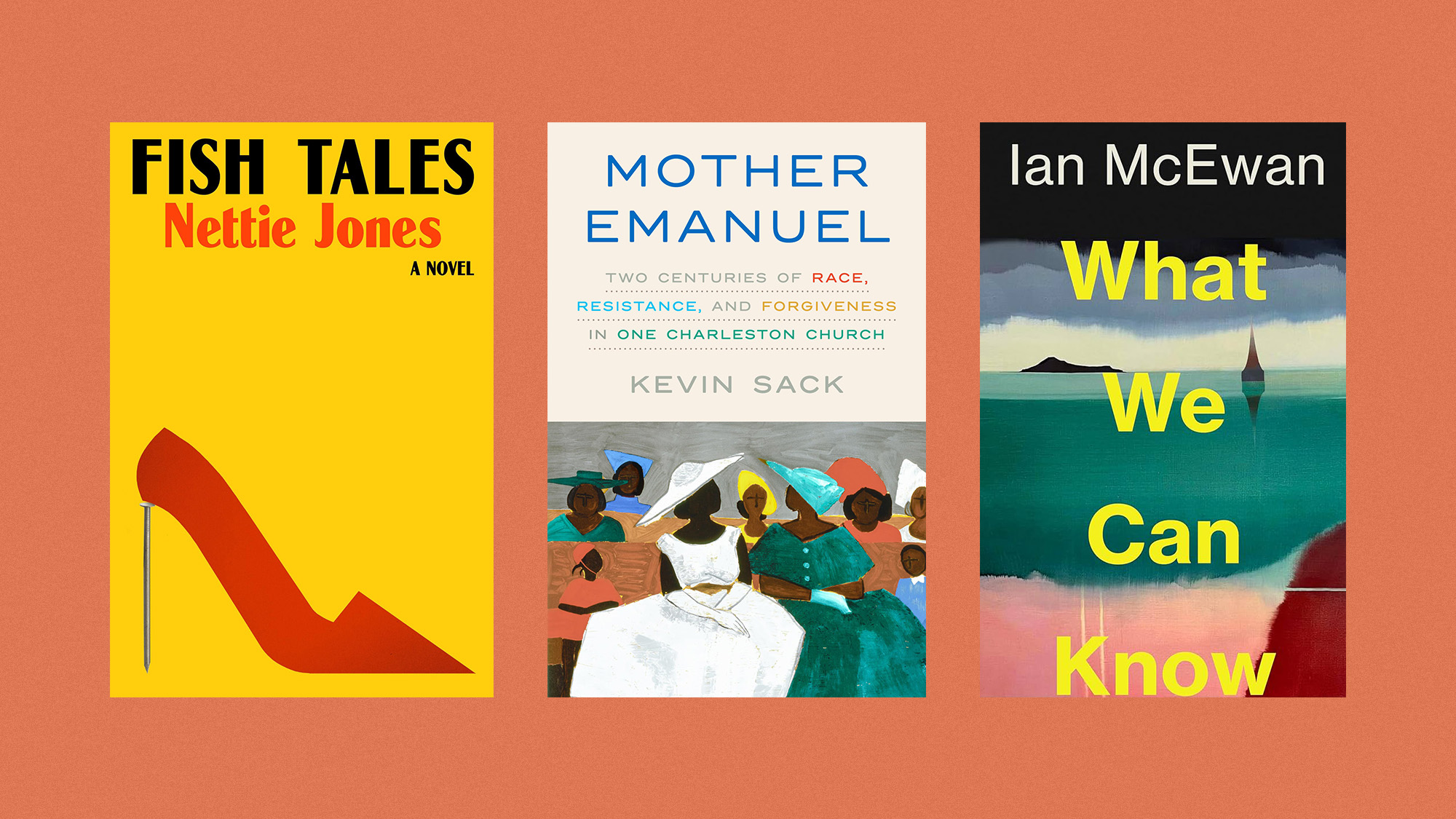 The best books of 2025
The best books of 2025The Week Recommends A deep dive into the site of a mass shooting, a new release from the author of ‘Atonement’ and more
-
 Inside Minnesota’s extensive fraud schemes
Inside Minnesota’s extensive fraud schemesThe Explainer The fraud allegedly goes back to the Covid-19 pandemic
-
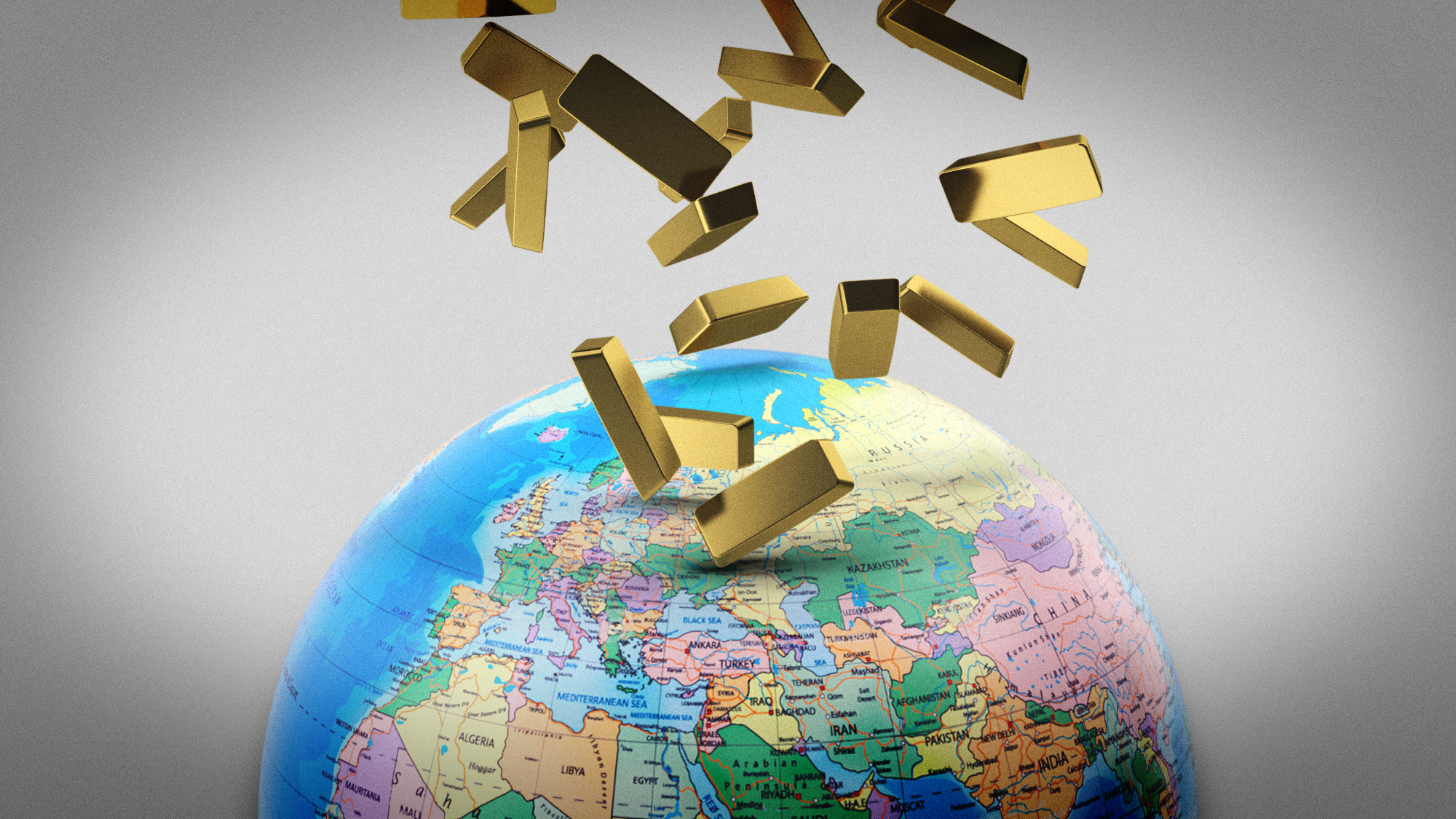 What a rising gold price says about the global economy
What a rising gold price says about the global economyThe Explainer Institutions, central banks and speculators drive record surge amid ‘loss of trust’ in bond markets and US dollar
-
 Gold tops $4K per ounce, signaling financial unease
Gold tops $4K per ounce, signaling financial uneaseSpeed Read Investors are worried about President Donald Trump’s trade war
-
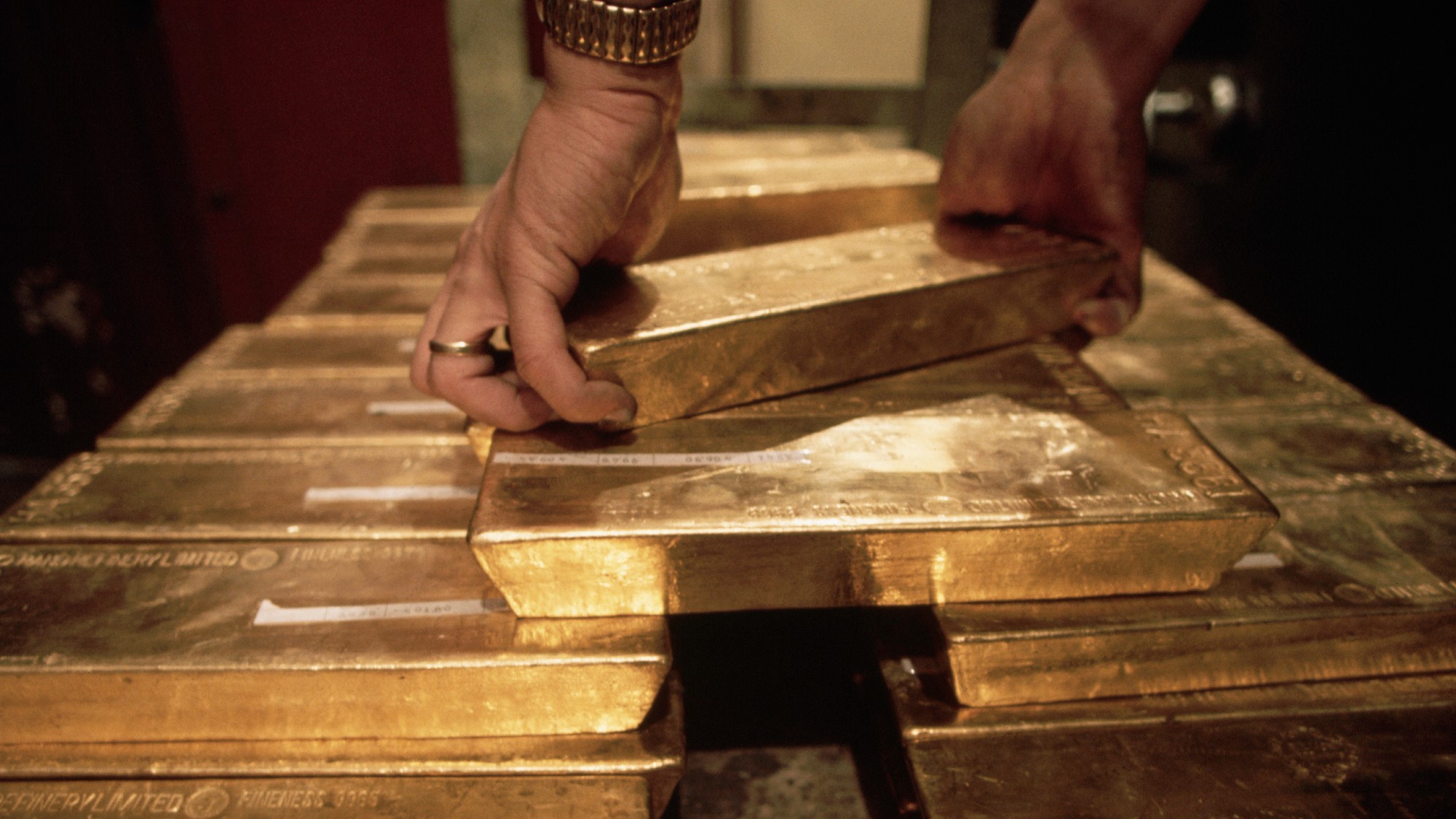 Safe harbor: Gold rises as stocks sink
Safe harbor: Gold rises as stocks sinkfeature It's a golden age for goldbugs
-
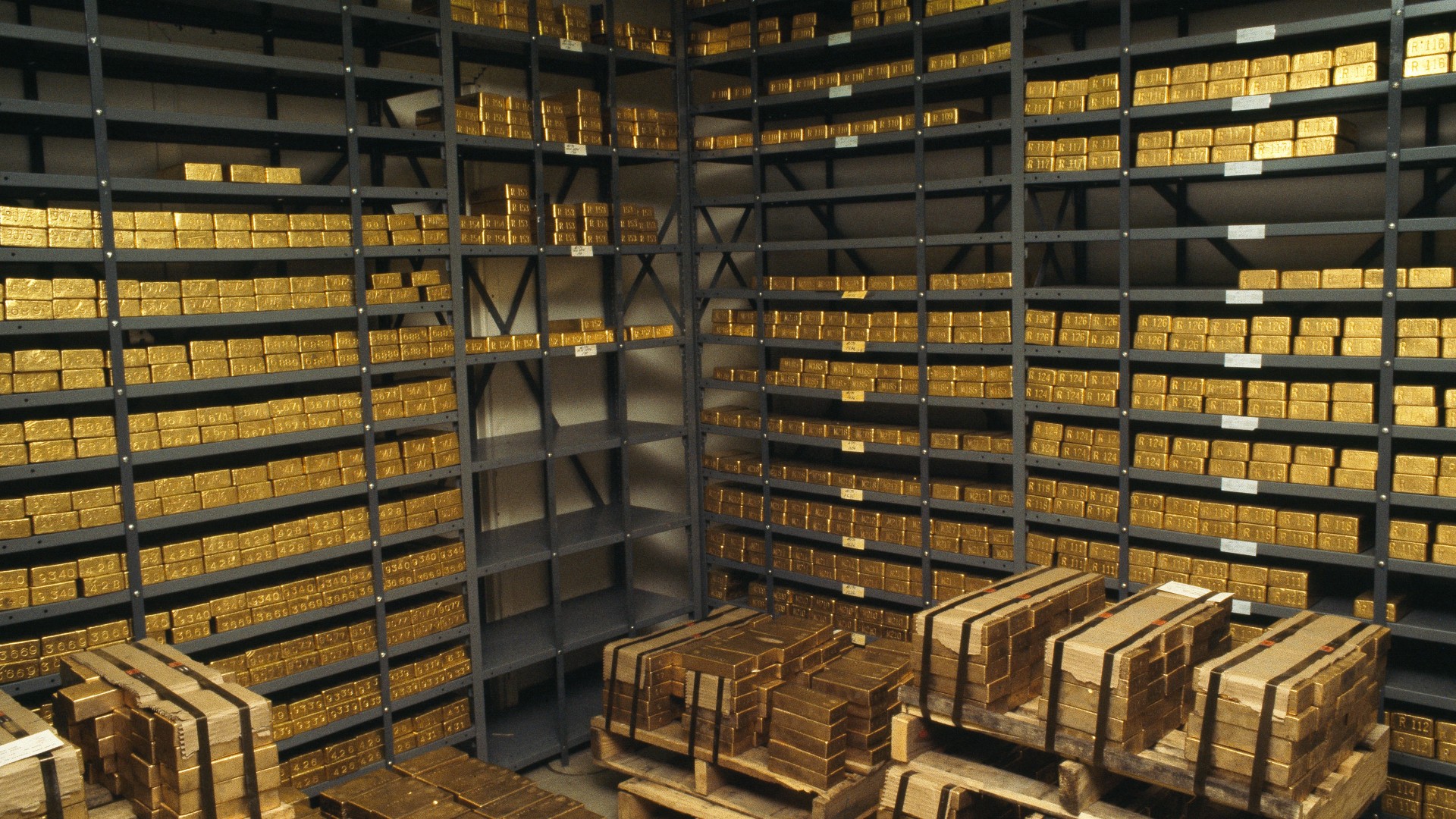 What rising gold prices can tell us about the economy in 2024
What rising gold prices can tell us about the economy in 2024The Explainer Market hits all-time high, boosted by a weakening US dollar and rising global tensions
-
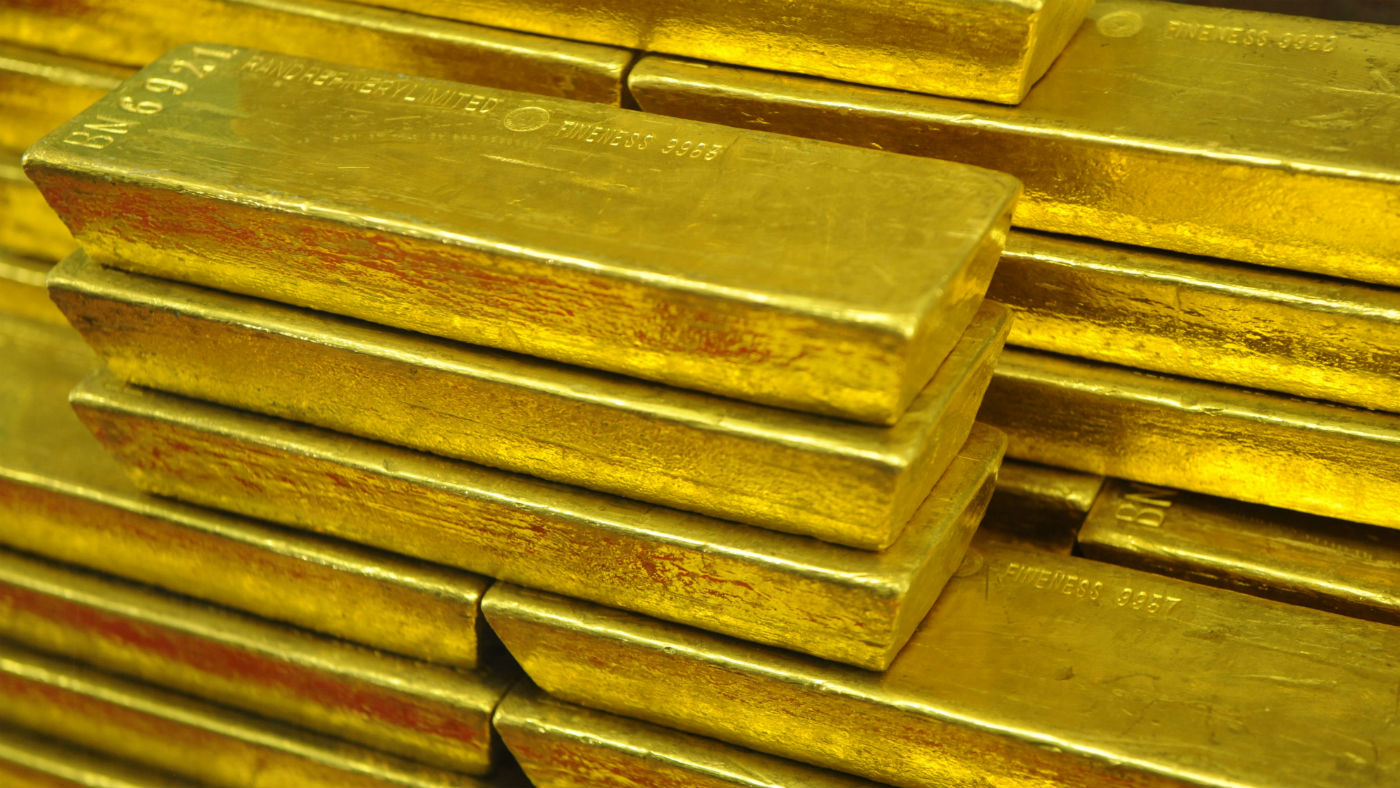 Gold’s ‘flash crash’: what the experts think
Gold’s ‘flash crash’: what the experts thinkfeature Bad news, good news and a loss of faith
-
 What is the price of gold and when is best to buy?
What is the price of gold and when is best to buy?Speed Read Economic and geopolitical uncertainty traditionally drives investors to reliable metal markets